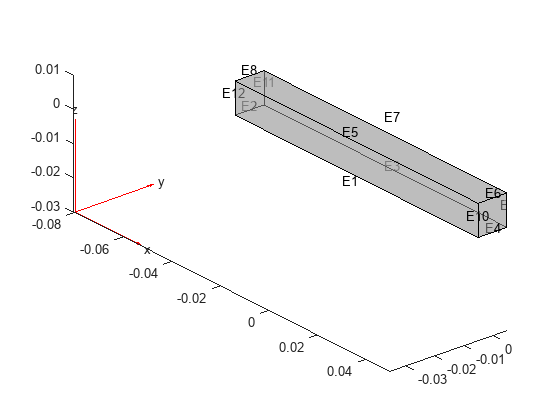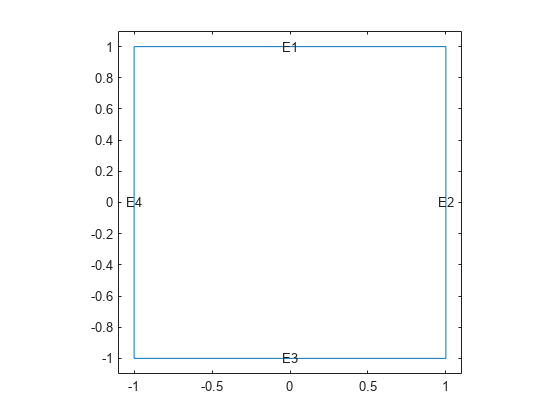reduce
Reduce structural or thermal model
Syntax
Description
Rcb = reduce(model,FrequencyRange=[omega1,omega2])model for structural analysis to the fixed interface modes
in the frequency range [omega1,omega2] and the boundary interface
degrees of freedom.
Rtherm = reduce(model,ModalResults=thermalModalR)model for thermal analysis to the modes specified in
thermalModalR. When reducing a model for thermal analysis, thermal
properties of materials, internal heat sources, and boundary conditions cannot depend on
time or temperature.
Rtherm = reduce(model,ModalResults=thermalModalR,NumModes=N)N. Using this syntax, you can
compute a larger number of modes and then use a subset of these modes to construct a
reduced-order model.

